In an English Country Garden (Part 3)
A tale of two rank amateurs attempting to work with Nature. Adaptation and removal.
ENVIRONMENTECO-GARDENING
12/18/20245 min read
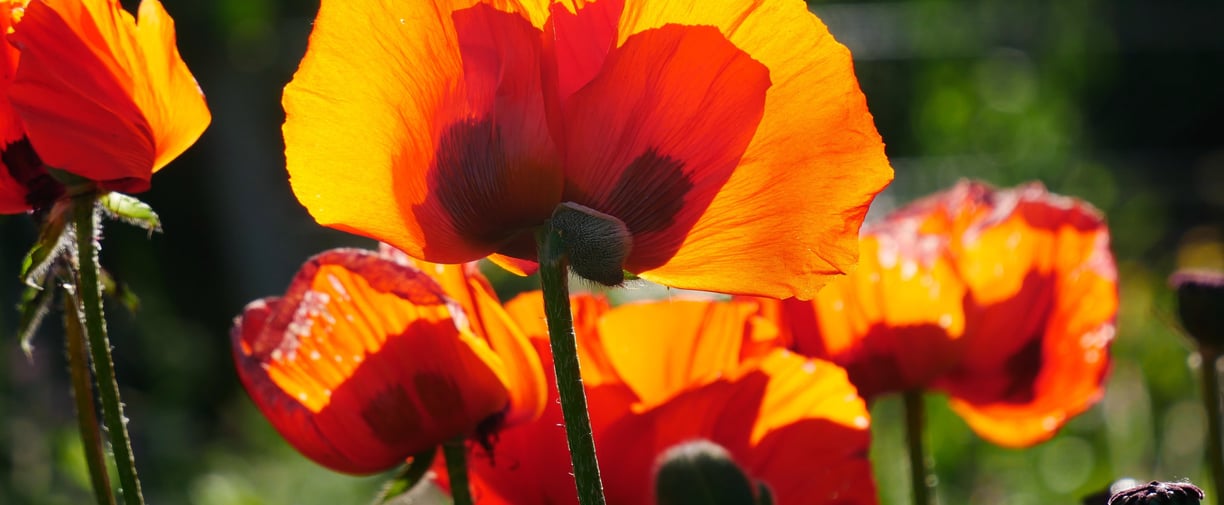

In this instalment I'll have a look at the the plants and features we have put into the garden to encourage wildlife, but I'll start with detailing what we removed and what we kept.
When we moved here both sides and the far end of the rear garden were densely planted with trees, the East side was particularly closely planted. This meant that the garden was heavily shaded for a large part of the day, in addition many of the trees were leylandii type trees which are not great for wildlife or for plants that try to grow near them.
As a first step we got rid of the trees at the end of the garden (this actually gave us a good 15m of extra growing space) and replaced them with a polytunnel and a vegetable patch. We had a problem on the East side as the trees were so large that it would have proved impossible (or at least stupidly expensive) to get them out of the garden given the narrow access.
Providentially the house next door was sold and the new owners were interested in replacing the fence and thinning out the trees on both sides of the fence because their garden was also heavily shaded, we reached an agreement with them and were able to get our trees thinned out and removed through their garden. As a result we gained a lot more light into our garden and discovered that we had a number of smaller trees and (believe it or not) a walnut tree that had been totally obscured by the leylandii.
We opted to keep most of the trees on the West side as they provide shade in the summer and nesting spots for the birds. A couple of storms brought down several of the trees and the wooden fence (twice), although as it turned out the fence was being largely supported by the downed trees and the trees were only being kept vertical by the ivy that was growing up them !
We replaced the fence with a metal grid style fence and have planted a native species hedge (Blackthorne, Hawthorne, Beech, Wild Rose mainly) that will in time obscure the fence and provide shelter and food for the local wildlife.
Picture: Preparation work for planting the wildlife hedge
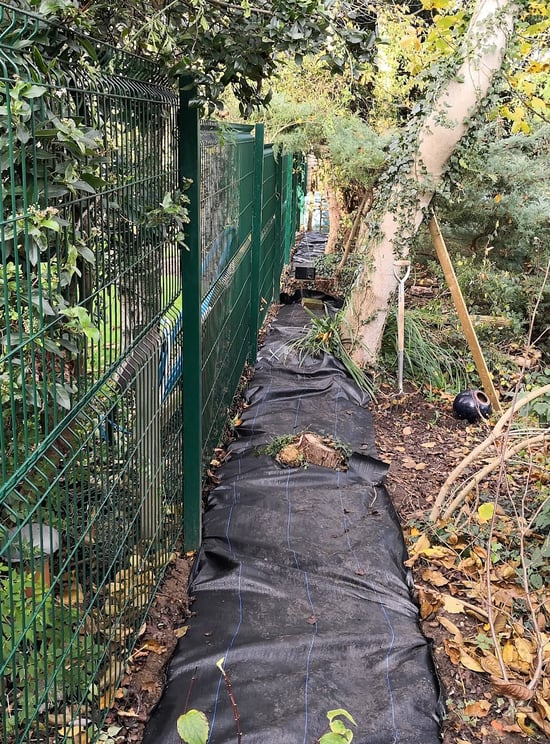

We have a number of trees (arguably too many) which we inherited with the house including two mature Walnut trees, an Ash tree (although with Ash Dieback rampant how long it will last is anyone's guess), a Yew, two hazel trees, Plum, a Scots Pine, a Lawson Cypress, Elder, Weeping Silver Birch, Pear and a Laurel plus several others which we have so far failed to identify (they seem to be thriving and the birds and insects seem to like them). We have also planted four apple trees and an edible Cherry tree.
The biggest surprise we had was that we actually have an Elm tree growing from the stump of a Elm that must have been cut down over twenty years ago... it was spotted by the tree surgeon that came in to help us remove some trees, he suggested that the thinning out of the existing trees had given it the light it needed to start growing. Fingers crossed it won't succumb to Dutch Elm Disease.
We kept a quantity of the felled tree trunks and larger branches which we have placed in piles around the garden to provide shelter for insects and smaller mammals, as they slowly decompose they are helping to nourish the garden and have produced some interesting fungi.
Picture: Bluebells in front of a log pile
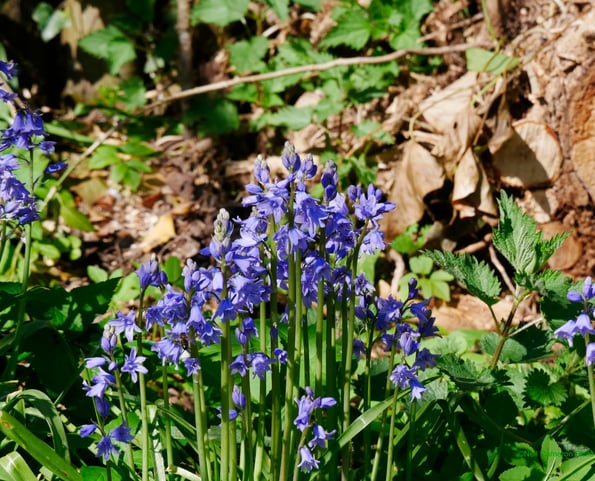

We have a lawn which we have seeded with daisies and clover, we don't cut it short and have made absolutely no effort to get rid of the mosses and dandelions which seem to grow with gay abandon... we don't water it and have never used any fertiliser on it, it still grows and the wildlife love it. In the area where the fruit trees are planted we let the grass grow long and this has allowed a number of wild meadow plants to get established, it gets cut once a year (normally in the late Autumn).
When we first arrived the garden had very few flowers, we have started to address this - we tend to vary what we cultivate each year - using plants that are known to be insect friendly, preferably native species and if not native, plants that are known to be non-invasive.
As a lot of the plants are self seeding we are often surprised about what turns up each year and where... one of our favourites, the Hollyhock (Alcea) is particularly adept at turning up where not expected.
We also allow plants that would normally be considered weeds e.g. Nettles to grow in parts of the garden as many wildlife species rely on them for placing their eggs. If they become a nuisance we dig them up or at the very least cut them down before they have a chance to seed.
We have aimed to have something in flower throughout the year starting with Winter Jasmine, Snowdrops, Crocus and Daffodils and onwards from there. Although we have noticed, because of climate change, quite a few plants are still flowering later into the year, at the time of writing this (24th December 2024) we still have a couple of roses trying to flower and a Hollyhock... they should be long dormant by now.
Picture: Front Garden June 2019
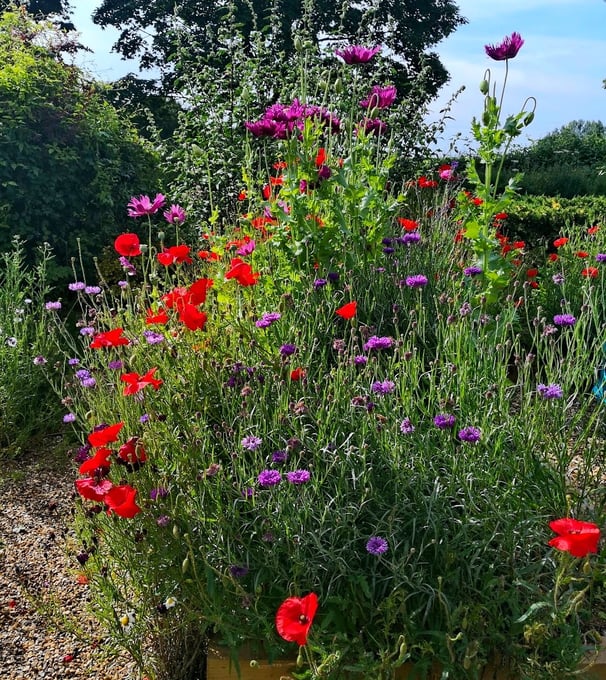

Among the plants that have proved most successful in attracting insects I'd list (in no particular order) Rosemary, Lavatera (Tree Mallow), Hollyhock, Apple and Pear, Comfrey, Hebe and the large Daisies. Roses seem to be a bit of a mixed bag apart from the Wild Roses.
Instead of making a long list of plants now I will instead publish a monthly diary, starting at the end of January 2025, that will look at what is growing that month and what insects (and other wildlife) have made an appearance. To whet your appetite the gallery below shows some of the plants that we have been pleased to see in our garden over the last few years (click on an image to see it full size).

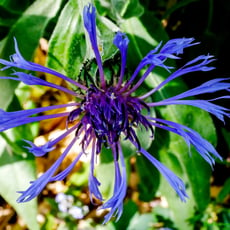
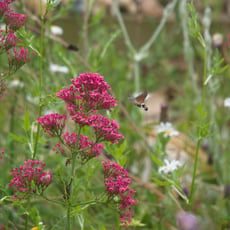
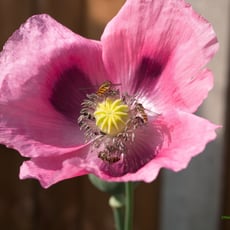
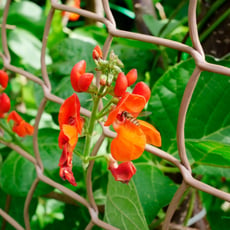
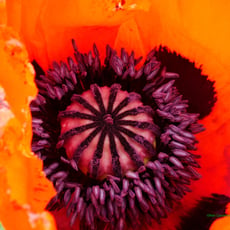
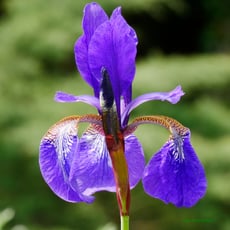

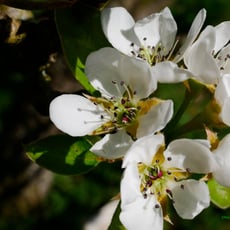
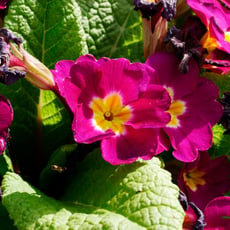
In the next part of this series I will look at the wildlife we have attracted to the garden. I'll also discuss what we intend to do to attract the wildlife we have not (so far) found in the garden.
